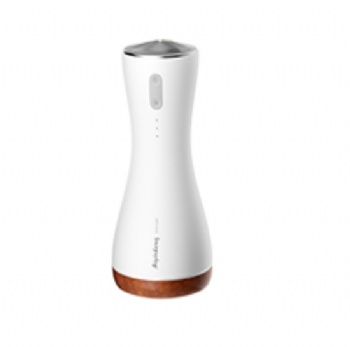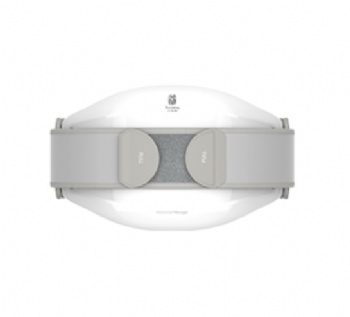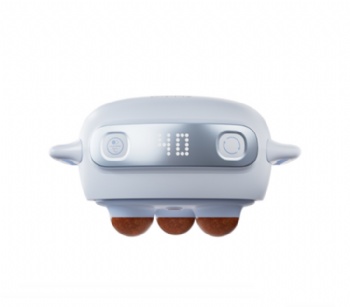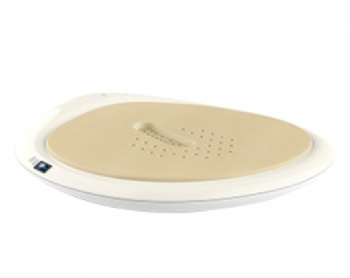News
Post-moxibustion reactions and handling methods
Post-moxibustion reactions, management and what to do for syncope, allergies, blisters, sores.
Moxibustion has almost no adverse reactions, safer than acupuncture and other therapies. Even those unfamiliar with it won’t get poor results from improper operation, so it can be safely used at home. While it rarely causes syncope, and even occasional moxibustion sores can aid efficacy, it’s still important to know basic handling for such post-moxibustion reactions.
Moxibustion syncope
Common causes of moxibustion syncope include constitutional factors—primary triggers like physical weakness, nervousness, hunger, fatigue, especially in those with allergic constitutions or unstable vascular-nerve function, with many unexplained cases traced to constitution—overly strong acupoint stimulation (varying by individual and hard to quantify), higher risk in sitting/standing positions, and environmental factors such as low air pressure, stuffy conditions, stale air or noise.
Management of Moxibustion Syncope: Occasional fever, fatigue, dry mouth or irritability during moxibustion need no excessive worry—move and drink warm water; for premonitory syncope, stop moxibustion, move to a ventilated area, elevate legs, lower head (no pillow), rest quietly, and offer warm water/tea if discomfort persists; for severe cases, have the patient lie flat (urgently on the floor), with moxibustion at Baihui (GV20) until consciousness returns and symptoms subside, as clinically effective.
Allergy
Allergies stem from constitutional factors—patients with allergic constitutions, often with asthma, urticaria, or drug/pollen allergies—and drug factors, namely moxibustion-induced reactions from allergenic substances in mugwort leaves; lampblack from warming moxibustion boxes applied to a patient with moxibustion-caused acute urticaria triggered itching and a rash after 10 hours, confirming such allergens.
For local or systemic allergic rashes due to moxibustion, they usually subside naturally within a few days after stopping moxibustion, during which antihistamines, vitamin C and other drugs should be used and more water should be drunk; if there are symptoms such as fever, severe itching, dry mouth and restlessness, corticosteroids like prednisone can be appropriately used, 20-30 mg per day, and those with severe conditions should seek medical attention in time.
Blisters, moxibustion sores
Constitutional factors: Those with excessive internal cold-dampness often develop blisters after mild moxibustion (a way to expel dampness), especially yang-deficient individuals with severe cold-damp stagnation, as moxibustion heat stays on the skin surface, increasing risk of moxibustion sores. Stimulation factors: Overly high temperature (causing burning) or prolonged moxibustion; failure to adjust promptly can lead to blisters/edema, then aseptic suppuration (moxibustion sores) with hard-to-heal wounds. Environmental factors: Humid-hot weather or poor air circulation in the moxibustion area raises sore risk.
Prevent moxibustion sores by controlling moxibustion amount to avoid blisters; if blisters form, keep clean—small ones absorb naturally in 5-8 days (no scratching), large ones need sterile pricking to drain fluid, covered with gauze or ointments (e.g., MEBO) until healed, and disinfect/bandage broken ones to prevent suppuration; for festering sores, clean with disinfectant/alcohol, use Aiyisheng warmer to dry and heal; post-sore, focus on qi-blood circulation—avoid wind/cold, eat light (60-70% full), sleep 7+ hours, do mild exercise (boxing/walking), stay calm; daily moxibustion/scraping expels cold/damp to reduce sores; in summer, control moxibustion amount/temperature by comfort to lower frequency.
Aixin Tips: To aid moxibustion sore development, eat chicken, carp, bamboo shoots, beans, mushrooms, but reduce these as sores start healing to avoid delayed recovery; during suppuration, avoid heavy labor; if sores inflame from contamination, use anti-inflammatory ointment (take drugs if needed); while unhealed, eat lightly, avoid fish, shrimp, crab, goose, chicken, mutton, spicy foods, alcohol and tobacco—otherwise phlegm and retained pathogenic qi may hinder healing.



